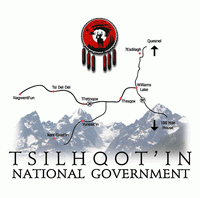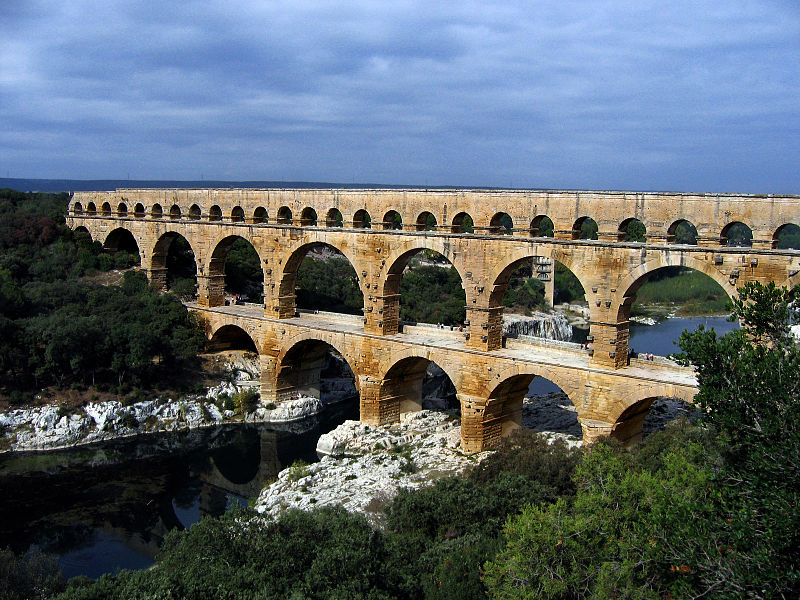 An Aquedam for BC Hydro’s Site C ?
An Aquedam for BC Hydro’s Site C ?
Could a modified design prevent generations of market jitters?
Hydroelectric dam engineers face an incredible dilemma. Hydro dams generate renewable energy but destroy natural ecosystems. Forcing government to make a hard choice, often presented as: ‘developing the renewable energy supply’ vs. ‘protecting and sustaining the ecosystem’. In British Columbia, the contentious “Big Dam/Big Lake” Site C design produces the same dilemma. It will produce irrevocable ecosystem damage, but might go ahead if courts accept the provincial argument that energy supply and future export sales are more important [Note 1]. Objectors are taking the case to higher courts, and the Province is moving forward; pushed by political pressures to force a fait accompli – a locked-in project – on the federal court, despite the court’s demonstrated willingness to block projects of similar magnitude. We could wait to see what happens. But is this prudent?
What if a modified design removes the conflict?
Could it create incentive for a new dam partnership?
Could the partnership – of former opponents – grandfather all approvals done to date?
Aquedam Concept: David Huer
Solidworks Drawings: Matej Borovec https://www.fiverr.com/borohot
An aqueduct atop bridge piers, with penstocks, turbines, and generators located inside each pier. Sourcing water from a higher elevation upstream, through a pipeline, to an elevated feeder pond at the design-height needed to achieve proper head, for feeding down into powerhouses spaced across the river.
 Inspired by Roman aqueducts, British Columbia’s open-lattice railroad bridges, and the magnificent curved structures of London, England’s tidal barrier.
Inspired by Roman aqueducts, British Columbia’s open-lattice railroad bridges, and the magnificent curved structures of London, England’s tidal barrier.
 Could this design …
Could this design …
Achieve the same head elevation and power production as a “big wall” design, without destroying the valley economy, treaty lands, businesses, farms, and natural ecosystem?
And elsewhere? Could the design be  useful where dam designers face the same dilemma?
useful where dam designers face the same dilemma?
Growing return-on-investment. Avoiding decades of costly volatility – legal, political, and armed conflict – for hundreds of future hydroelectric projects across British Columbia, across Canada and around the world.
* Any engineering company worth its salt understands the business opportunity.
* Insurers, financiers, investors and bond markets will value the minimized risk.
* Local people will save their valleys, their treaty rights, wetlands, forests, and farms.
* Contractors and vendors get their construction jobs, fed by the farmers in the valley.
* And utilities will get their exportable power.
British Columbia’s challenge, now, is that we may need a particular type of leadership.
Leaders who can switch directions. Leaders who simultaneously lead for the betterment of local ridings and industry and the Province and the Nation. For now, and for future generations.
This may be the biggest challenge – Asking our leaders to put political capital on the table.
But what if they could?
![]() Note 1: BC Hydro will expropriate and flood 80 km of forests, farms and homes, and 7,000 acres of Class 1 and 2 agriculture land.
Note 1: BC Hydro will expropriate and flood 80 km of forests, farms and homes, and 7,000 acres of Class 1 and 2 agriculture land.
![]() Note 2: Project Management steps could include:
Note 2: Project Management steps could include:
* Site C – site approved;
* Site C – works completed to date – approved;
* Site C – all associated construction and works continue;
* The Court acts as a neutral body managing pre-design negotiations;
* Sheriffs of the Court administer adherence to agreement;
* Dam Re-design & Pipeline Design – pre-agreed by stakeholders with standing;
* All other existing Site C studies and approvals grandfathered into agreement;
* Stakeholders establish Dam & Pipeline “Redesign Delivery” target due date;
* Stakeholders establish Dam & Pipeline “Construction Start” target due date;
* BC Hydro issues new design upgrade contract tenders;
* Construction, with new design, commences at or near Construction Start target date;
* BC Hydro and Destination BC commence world-wide campaign to teach the new design.
Images:
Logos on Dam: Included as part of public policy commentary and assumed to be a fair use application. Please advise with a message through my linkedin page whether a logo should be removed.
London Barrier: By mattbuck (category) (Own work by mattbuck.) [CC BY-SA 2.0 (http://creativecommons.org/licenses/by-sa/2.0), CC BY-SA 3.0 (http://creativecommons.org/licenses/by-sa/3.0) or CC BY-SA 4.0 (http://creativecommons.org/licenses/by-sa/4.0)], via Wikimedia Commons https://upload.wikimedia.org/wikipedia/commons/c/c0/London_MMB_%C2%BB127_Thames_Barrier_and_%22Avontuur_IV%22.jpg
Pont du Gard, Roman Empire: 14 October 2007, 10:07:27, Author: Emanuele. This image, which was originally posted to Flickr.com, was uploaded to Commons using Flickr upload bot on 23:55, 13 February 2012 (UTC) by Prioryman (talk). On that date it was licensed under Creative Commons Attribution-Share Alike 2.0 Generic license. https://en.wikipedia.org/wiki/File:Pont_du_Gard_Oct_2007.jpg
CPR bridge (black) in foreground, CNR bridge (orange arch) in background (with CPR train on it): Photo facing upriver. https://upload.wikimedia.org/wikipedia/common/9/92/Canadian_Pacific_Railway_train_crossing_Fraser_River_on_Cisco_bridge_at_Siska%2C_British_Columbia_%282010-Jun-13%29.jpg By Michael Frei (Michael Frei) [GFDL (http://www.gnu.org/copyleft/fdl.html) or CC BY-SA 4.0-3.0-2.5-2.0-1.0 (http://creativecommons.org/licenses/by-sa/4.0-3.0-2.5-2.0-1.0)], via Wikimedia Commons
Earth image: Astronaut Photograph AS10-34-5026. NASA. Public Domain. http://earthobservatory.nasa.gov/Features/EarthPerspectives/page2.php
Meeting: https://www.pexels.com/photo/meeting-pencils-macbook-notebooks-40120/ via Creative Commons-CC0 License

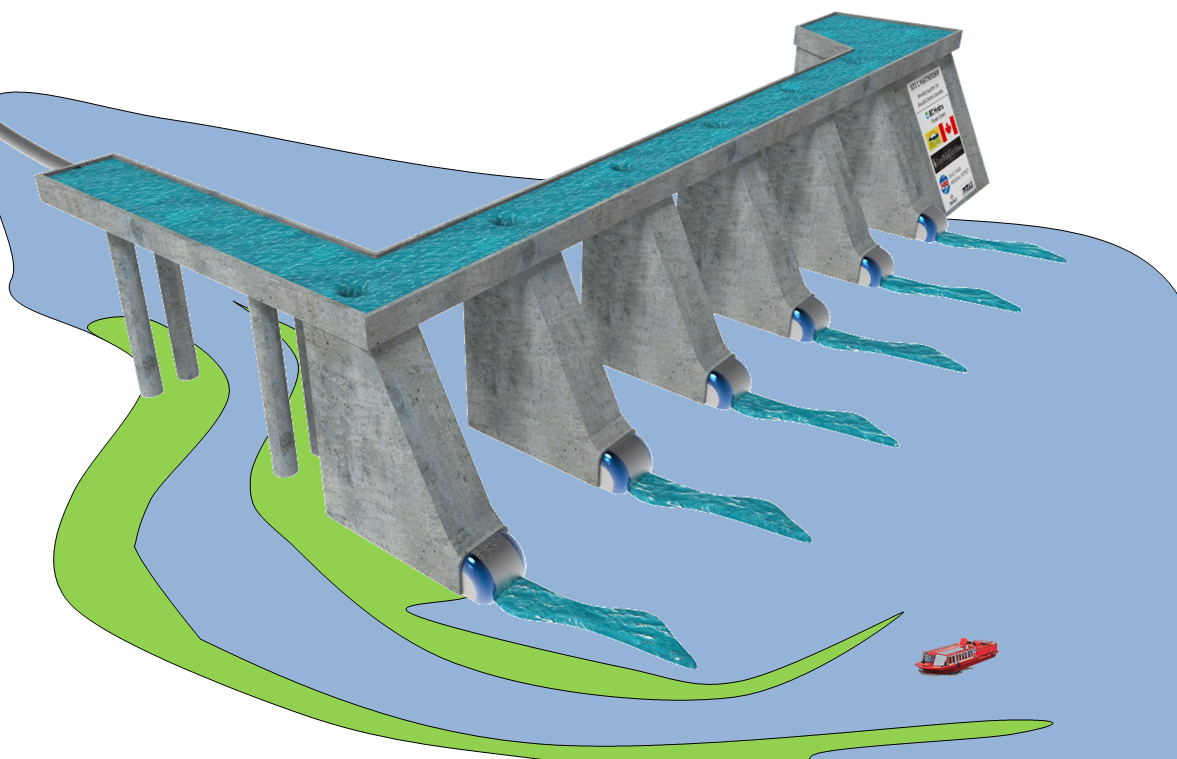
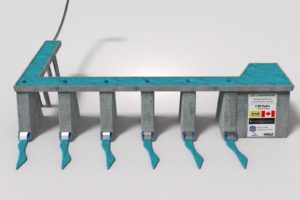




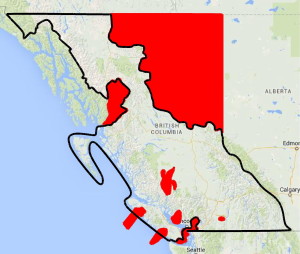 Perhaps First Nations could in fact create a new Province of the Peoples of the Coast (black outline), with a capital and legislature where First Nations people want it — Prince George? Kamloops? Prince Rupert? Or an entirely new, planned, capital city? And a provincial regime that assets the constitutional rights of the landowners? A capital where foreign embassies for other Provinces, the federal government, Province of BC treaty nations (red) and other States could locate?
Perhaps First Nations could in fact create a new Province of the Peoples of the Coast (black outline), with a capital and legislature where First Nations people want it — Prince George? Kamloops? Prince Rupert? Or an entirely new, planned, capital city? And a provincial regime that assets the constitutional rights of the landowners? A capital where foreign embassies for other Provinces, the federal government, Province of BC treaty nations (red) and other States could locate? 
